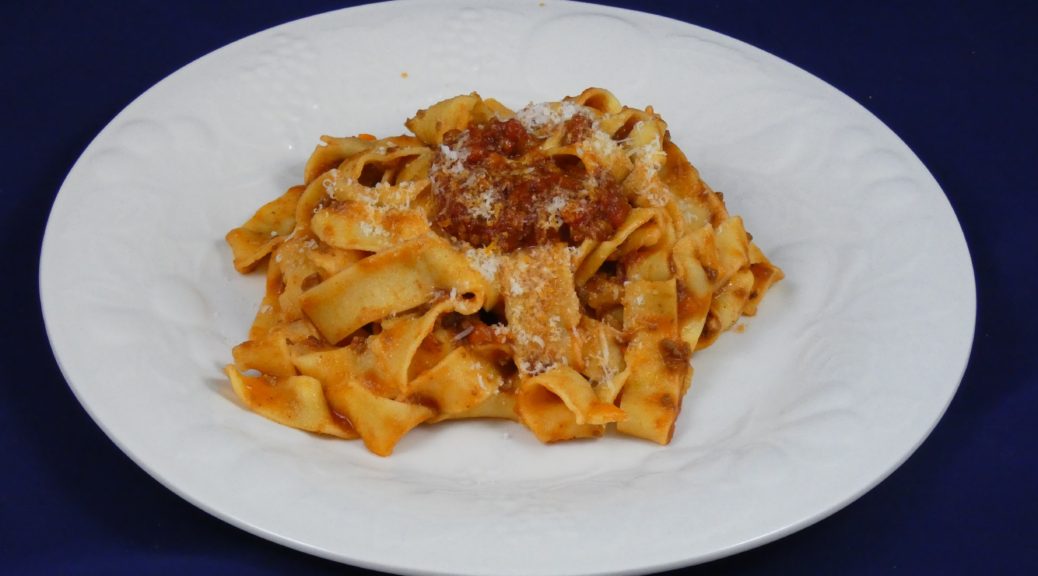March 11, 2020
I grew up eating exactly one type of tomato sauce for pasta: my mother’s long-simmered, Italian-American-but-based-on-Southern-Italian (Calabrese, to be exact) ragù.
OK, OK, I sometimes ate Aunt Margie’s or Aunt Mamie’s version of the same sauce but we’re talking very minor variations on a theme.
My mother made pasta other ways than with ragù, most commonly with beans as in pasta e fagioli. But if we were going to eat pasta for pasta’s sake, not mixed with beans or in soup, it was ALWAYS served with her ragù.
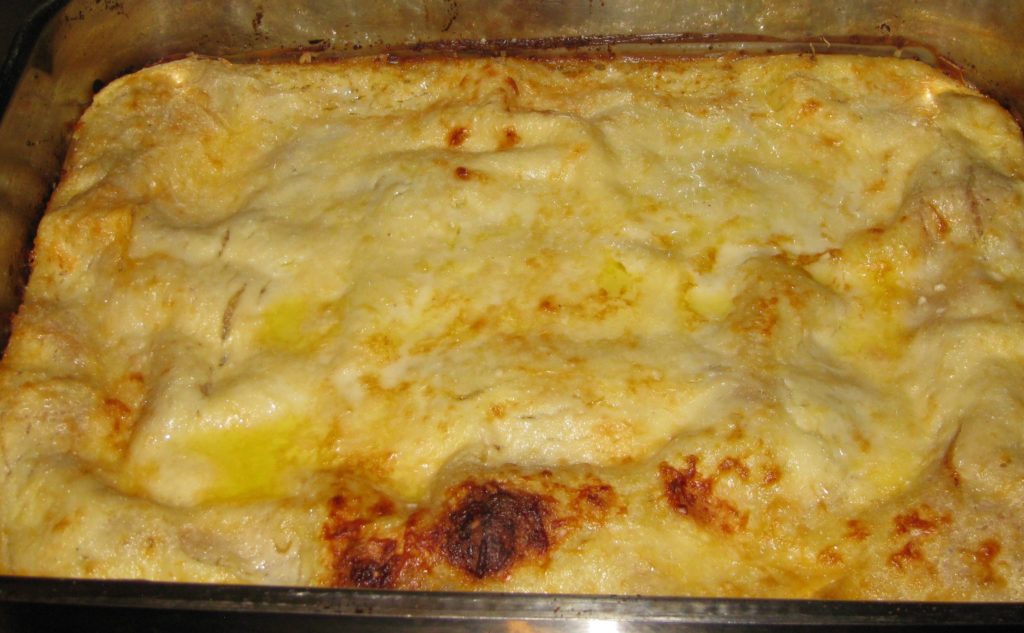
When I went away to university at the age of 17 this is one of the first things that I learned to cook. Well, sort of. There’s a bit of a learning curve but even my first attempt was respectable.
Join our mailing list and you’ll never miss a recipe again!
I now make scores of tomato-based sauces on a regular basis but I keep going back to three of them over and over:
- My mother’s ragù.
- Ragù alla Bolognese.
- Ragù del macellaio (the butcher’s ragù).
There are so many childhood memories attached to my mother’s ragù that I can’t imagine a time when it wouldn’t be my favorite.
As far as I’m concerned, Ragù alla Bolognese is the gold standard for those tomato-based pasta sauces made with ground meat. (My mother’s ragù, on the other hand, is made with large pieces of pork. Other meats can be added but the pork is always there.)
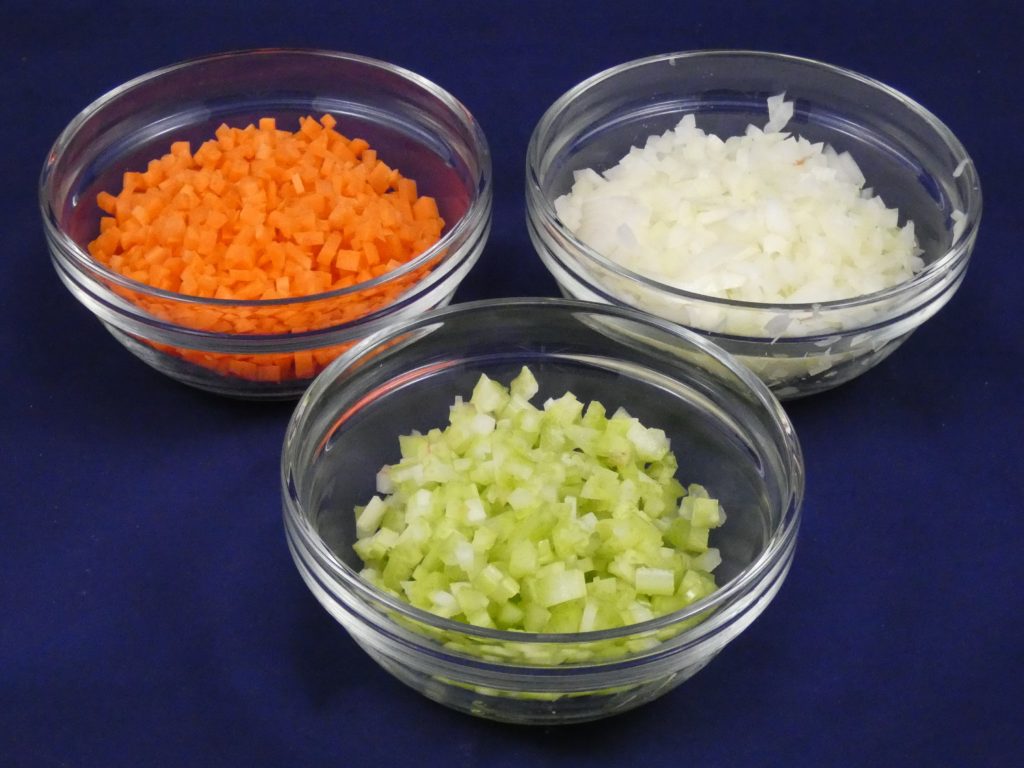
Ragù del macellaio is very good but, as you might expect for a sauce linked to a butcher, it is made with an array of meats—pretty much anything you have. I always end up with odds and ends of meat in my freezer, a bit of beef, a bit of pork, some sausage, a piece of chicken, some pancetta, and so forth. I grind them all up and make the sauce. The fact that it cooks, unattended, in a slow-cooker all day is an added bonus.
Just as there is an official Pesto alla Genovese recipe, there is an official Ragù alla Bolognese recipe that was codified in the 1980’s. The ingredients go something like this:
- 300 grams ground beef, preferably thin flank aka skirt (finta cartella in Italian)
- 150 grams pancetta, minced
- 50 grams carrot, minced
- 50 grams celery, minced
- 50 grams onion, minced
- 30 grams triple-concentrated tomato paste
- 1/2 glass red or white wine
- 180 ml milk
- olive oil
- salt and pepper
Every family in Bologna probably has a slightly different version.
Follow us on your social media platform of choice
Some aspects of the recipe are notable. There is no garlic. There are no herbs. The amount of tomato is quite modest. Probably the biggest differences I see in credible recipes for Ragù alla Bolognese is whether or not to add milk or cream. The official version clearly includes it but many otherwise solid recipes do not.
This is not a “tomatoey” sauce. It’s really ground meat held together with a bit of tomato “binder.”
The version that I make most often varies somewhat from the official one. I add a hint of garlic and more tomato. I don’t typically use pancetta though it’s a great addition. I never add milk or cream.
So, I’ve done it, I’ve laid down a gauntlet. I’m advocating a recipe that’s not the official one. I can tell you, however, that it’s darn good.
Give it a try and let me know what you think.
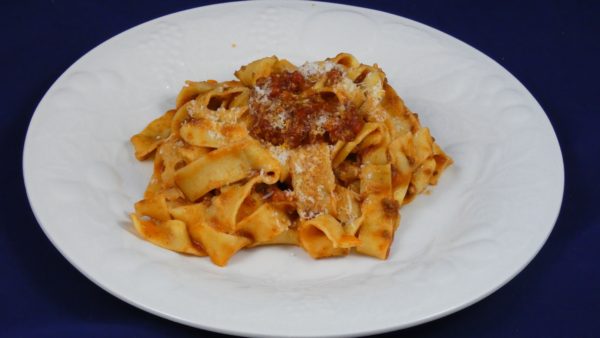
| Prep Time | 30 minutes |
| Cook Time | 5 hours, mostly unattended |
| Servings |
liters
|
- 1 kg ground beef 15% fat (or half beef and half pork)
- 30 ml garlic oil
- 500 ml full-bodied red wine
- 60 g butter
- 60 g celery cut in brunoise (3 mm or 1/8 inch dice)
- 100 g carrot cut in brunoise (3 mm or 1/8 inch dice)
- 100 g onion cut in brunoise (3 mm or 1/8 inch dice)
- 3 kg canned San Marzano tomatoes passed through a food mill (3 x 35 oz cans)
- 1 bay leaf optional
- salt
- black pepper freshly ground
Ingredients
|

|
- Heat the butter in a heavy-bottomed sauté pan. Add the celery, carrot, and onion.
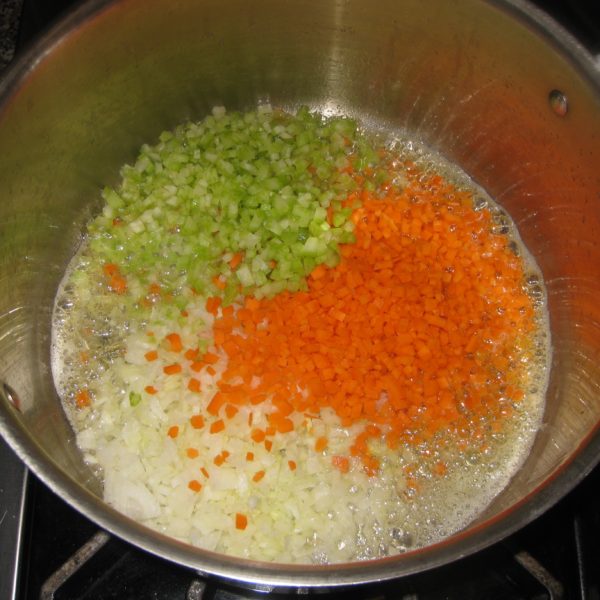
- Sauté the celery, carrot, and onion in the butter until soft without browning. Reserve.
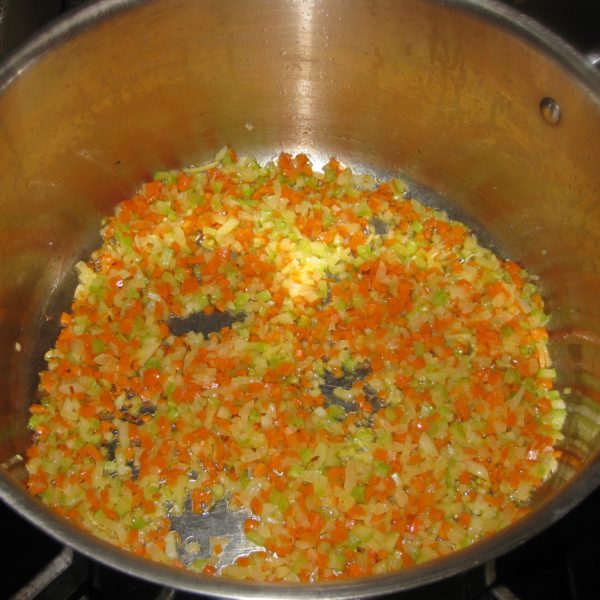
- Heat the garlic oil, or extra-virgin olive oil, in a heavy-bottomed sauce pan. Add the beef and pork, if using.
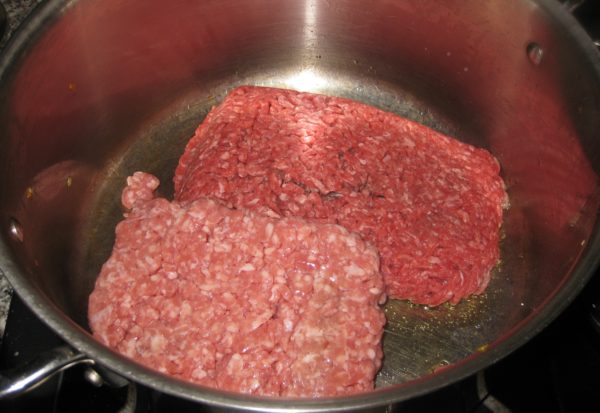
- While the meat is cooking, break it up into small bits.
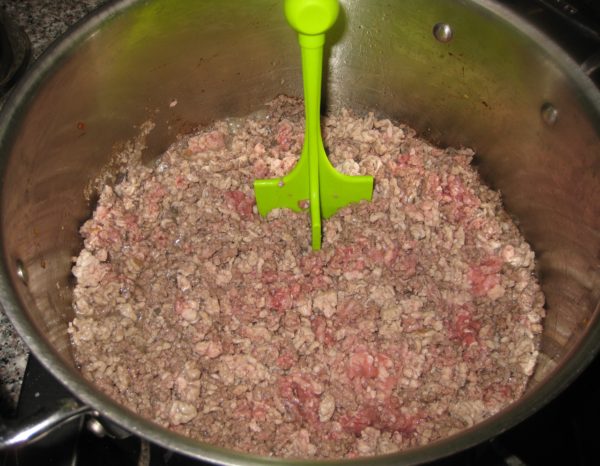
- Sauté the beef and pork, if using, in the garlic oil until a lot of fond develops.
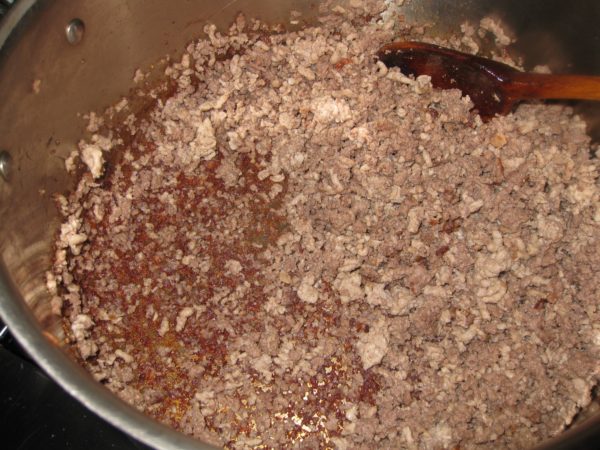
- Add the wine and boil it all away, loosening the fond from the bottom of the pan.
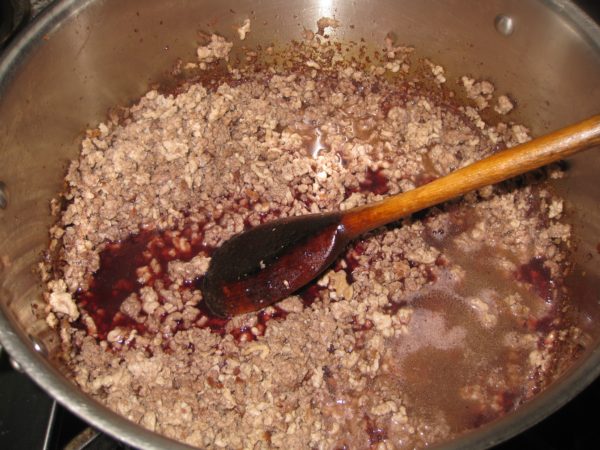
- Pass the canned tomatoes through a food mill.
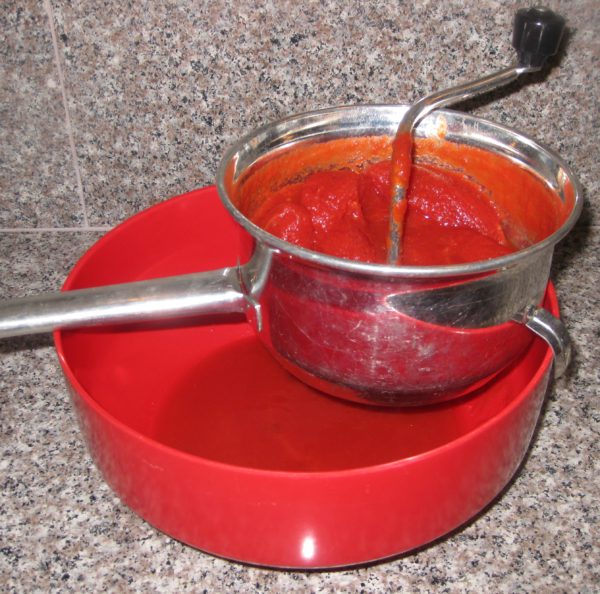
- Add the sautéed vegetables, the tomatoes that have been passed through a food mill, and bay leaf, if using.
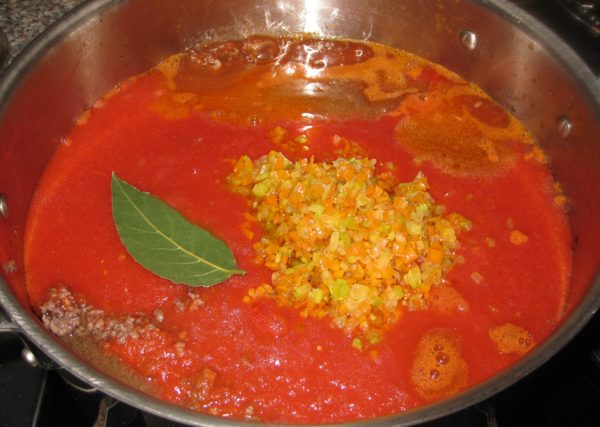
- Season with salt and pepper.
- Simmer 3 to 4 hours partially covered, stirring frequently, until reduced by 50%.
Copyright © 2020 by Villa Sentieri, LLC. All rights reserved.

